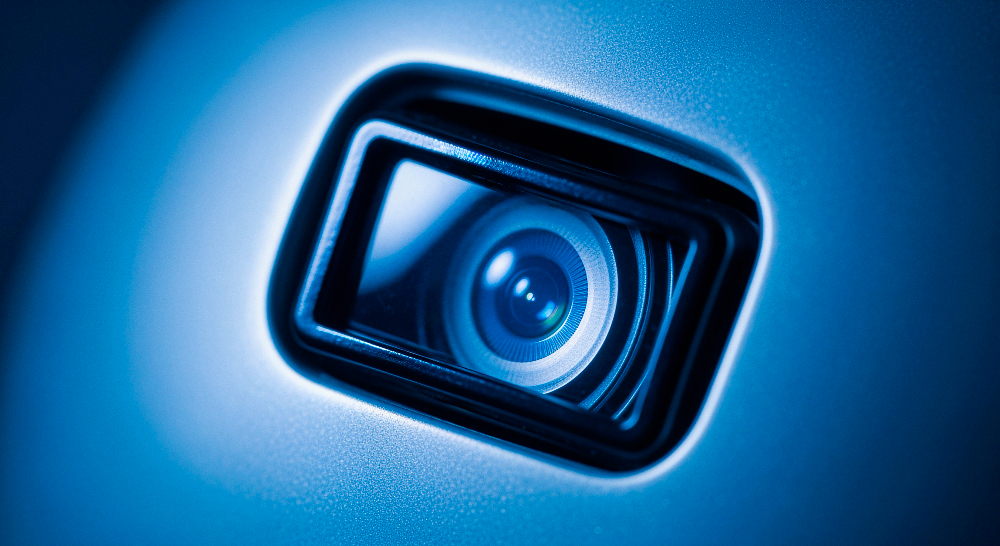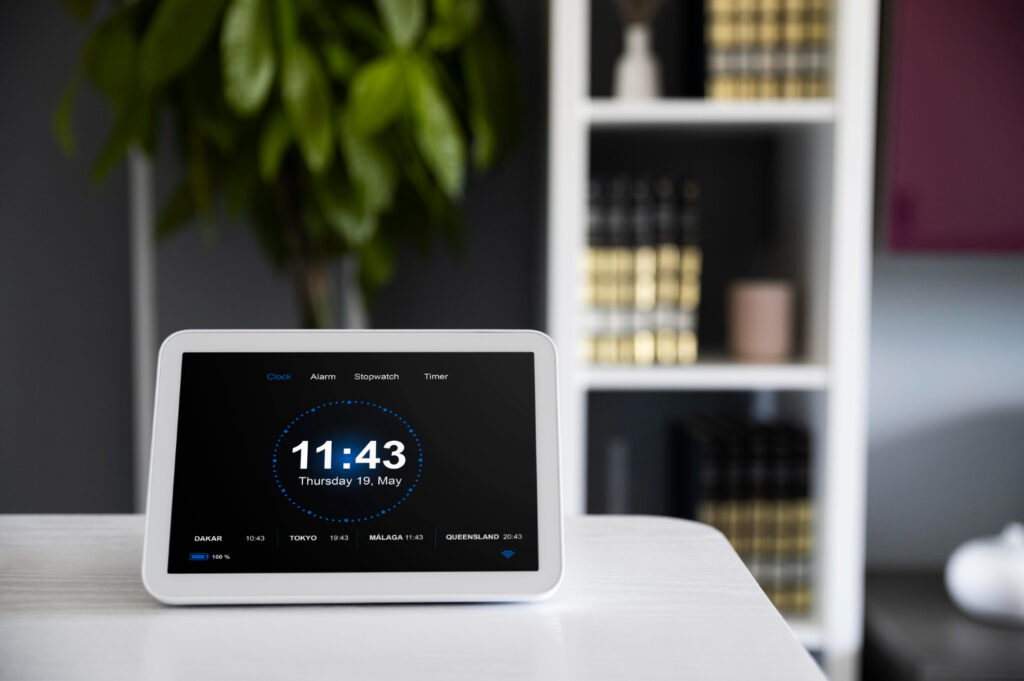Indoor vs Outdoor Smart Cameras — Which One Is Worth Buying?

Choosing the right smart cameras for your home can be overwhelming. With a variety of indoor and outdoor models available, it’s essential to understand their features, advantages, and limitations. In this guide, we’ll explore the key differences between indoor and outdoor smart cameras and help you decide which is worth buying for your home security needs.
Table of Contents
What Are Smart Cameras?
Smart cameras are surveillance devices designed to monitor your home using internet connectivity and advanced technology. Unlike traditional cameras, they offer features such as:
- Real-time monitoring: View live feeds from anywhere via smartphone or tablet.
- Motion detection: Detect movement and send alerts instantly.
- Two-way audio: Speak to visitors or warn intruders in real time.
- Smart home integration: Connect with devices like Alexa, Google Home, or Apple HomeKit.
According to SafeWise, homes with smart cameras experience fewer break-ins, making them a worthwhile investment.
Indoor Smart Cameras
Key Features
Indoor smart cameras are designed for monitoring the inside of your home. Their features typically include:
- Compact design: Fits seamlessly into living rooms, kitchens, or nurseries.
- Motion and sound alerts: Detects unusual movement or noise.
- Two-way communication: Allows conversations with family members or pets.
- Night vision: Ensures monitoring in low-light conditions.
Advantages of Indoor Smart Cameras
- Affordable: Indoor models are generally less expensive than outdoor cameras.
- Easy installation: Often plug-and-play with minimal setup.
- Privacy control: Can be placed in sensitive areas with controlled access.
- Pet monitoring: Helps check on pets when you’re away.
Limitations
- Limited coverage: Only monitors indoor spaces.
- Vulnerable to tampering: Easier for intruders to disable if discovered.
Outdoor Smart Cameras
Key Features
Outdoor smart cameras are built to withstand harsh weather conditions and provide external home protection. Key features include:
- Weatherproof design: Resistant to rain, wind, and extreme temperatures.
- High-resolution video: Often 1080p or 4K for clear identification.
- Integrated spotlight and siren: Deterrent features for intruders.
- Advanced motion detection: Detects vehicles, people, and unusual activity.
Advantages of Outdoor Smart Cameras
- Enhanced security: Monitors entrances, driveways, and backyards.
- Deterrence: Visible cameras with lights and sirens prevent break-ins.
- Wide coverage: Larger field of view compared to indoor cameras.
- Integration with outdoor alarms: Can trigger lights or sirens automatically.
Limitations
- Higher cost: Outdoor cameras are usually more expensive.
- Complex installation: May require drilling, wiring, or professional setup.
- Internet dependency: Remote monitoring requires a strong Wi-Fi signal outdoors.
Indoor vs Outdoor Smart Cameras: Side-by-Side Comparison
| Feature | Indoor Cameras | Outdoor Cameras |
|---|---|---|
| Placement | Inside home | Outside home |
| Design | Compact, discreet | Weatherproof, durable |
| Installation | Easy, plug-and-play | Moderate to complex, sometimes wired |
| Motion Detection | Basic movement alerts | Advanced, AI-based alerts |
| Cost | Lower | Higher |
| Deterrence | Limited | High, with lights and sirens |
| Smart Home Integration | Supported | Supported, often with outdoor triggers |
Which Smart Camera Is Worth Buying?
Choosing between indoor and outdoor smart cameras depends on your home security goals:
- Indoor Cameras: Ideal for monitoring children, pets, or internal areas. They provide convenience and affordable security but are limited in protecting the perimeter of your home.
- Outdoor Cameras: Essential for protecting entrances, driveways, and yards. They act as both monitoring devices and deterrents, offering advanced features that justify the higher cost.
For most homeowners, a combination of indoor and outdoor cameras provides the best coverage and peace of mind.
Tips for Choosing the Right Smart Cameras
- Assess your needs: Determine which areas require monitoring.
- Check connectivity: Ensure strong Wi-Fi coverage, especially outdoors.
- Consider storage options: Decide between local storage (SD cards) or cloud services.
- Look for smart integrations: Compatible with your home automation system.
- Budget wisely: Balance features with cost to get maximum value.
For a detailed selection guide, you can explore our smart camera recommendations.
Conclusion
Both indoor and outdoor smart cameras play vital roles in home security. Indoor cameras provide convenient monitoring for internal spaces, while outdoor cameras offer robust protection for your property’s perimeter. For comprehensive security, combining both types is the smartest choice. By understanding their features, advantages, and limitations, you can make an informed decision and ensure your home remains safe.
FAQs
Q1: Can indoor cameras be used outdoors?
No, indoor cameras are not weatherproof and may malfunction outside. Always use cameras specifically designed for outdoor conditions.
Q2: How many smart cameras do I need for complete coverage?
It depends on your property size, but generally, one outdoor camera per entrance and several indoor cameras in key areas is recommended.
Q3: Are smart cameras compatible with voice assistants?
Yes, most modern smart cameras integrate with Alexa, Google Home, or Apple HomeKit for voice commands and automation.


